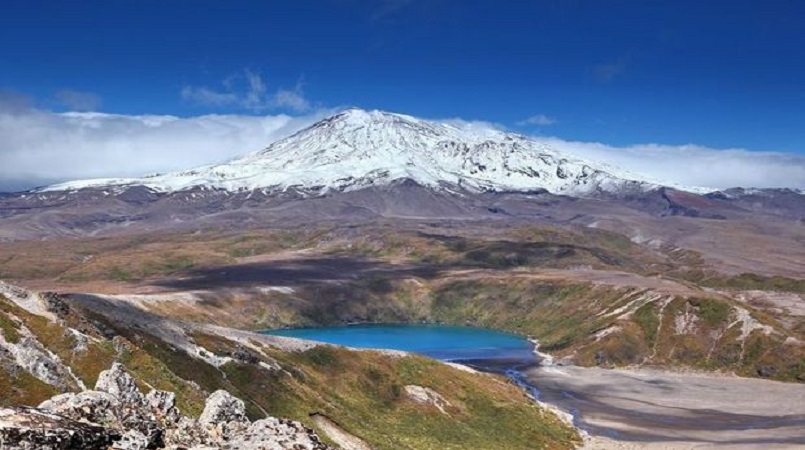
Strong tremors have been detected at Mt Ruapehu, says Geonet.
The volcanic alert level at Mt Ruapehu has been raised to two. It was previously at one.
In a statement, duty volcanologist Craig Miller said another heating phase had started at Mt Ruapehu and Crater Lake (Te Wai ā-moe), with the temperature now reaching 31C.
It was currently overflowing into Whangaehu river.
"Typically, over periods of months, Ruapehu's crater lake undergoes heating and cooling cycles. A new heating cycle has started and has been accompanied by strong levels of volcanic tremor (volcanic earthquakes)," he said.
"We consider there is an increased likelihood of eruptive activity as strong tremor is indicating increased gas flux through the system.
"Despite an increase in gas flow, the lake temperature is only responding slowly, suggesting a partial blockage may exist in the vent beneath the lake. This could allow pressure to build up within the volcano."
The Department of Conservation (Tongariro) said the area 2km from the centre of Te Wai ā-moe/Crater Lake was closed to the public and concessionaires due to the increased risk of eruption.
It said eruptions could happen at any time and the closer someone was to the lake, and the longer they stayed, the greater the risk.
The lake temperature peaked at 32C in January and since then, through to late February, it declined to about 27-28C, Miller said.
The heating trend became established from 13 March, he said.
"Volcanic alert level 2 indicates the primary hazards are those expected during volcanic unrest; steam discharge, volcanic gas, earthquakes, landslides and hydrothermal activity. While volcano alert level 2 is mostly associated with volcanic unrest hazards, eruptions can still occur with little or no warning."
Mt Ruapehu had a series of eruptions over a 13-month period in 1995/1996.
